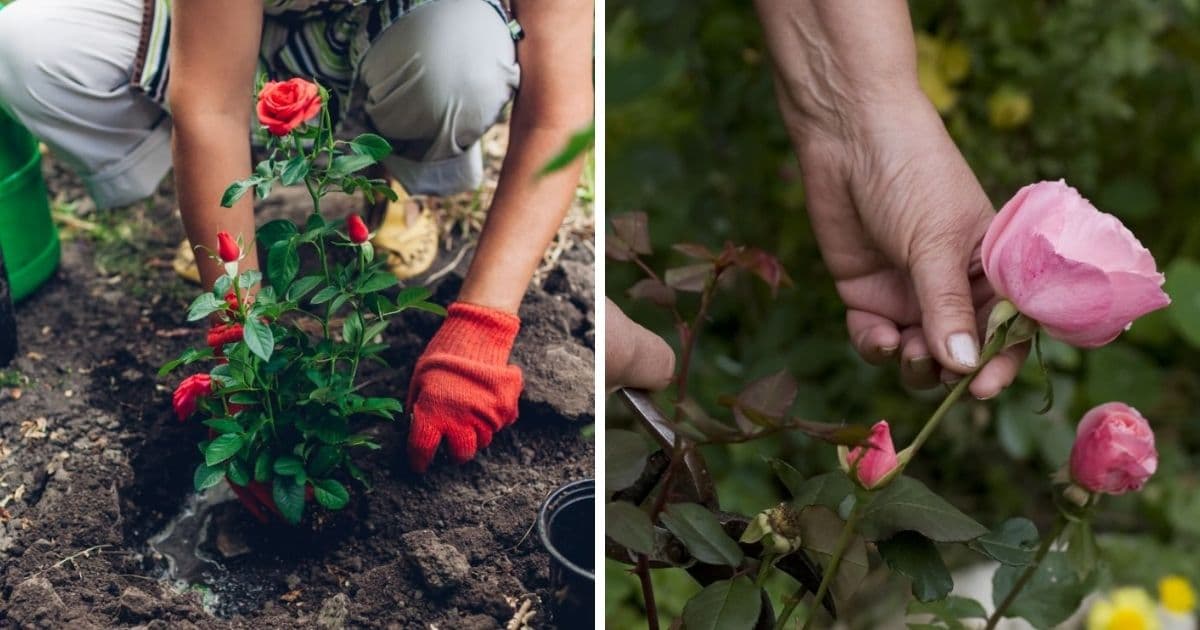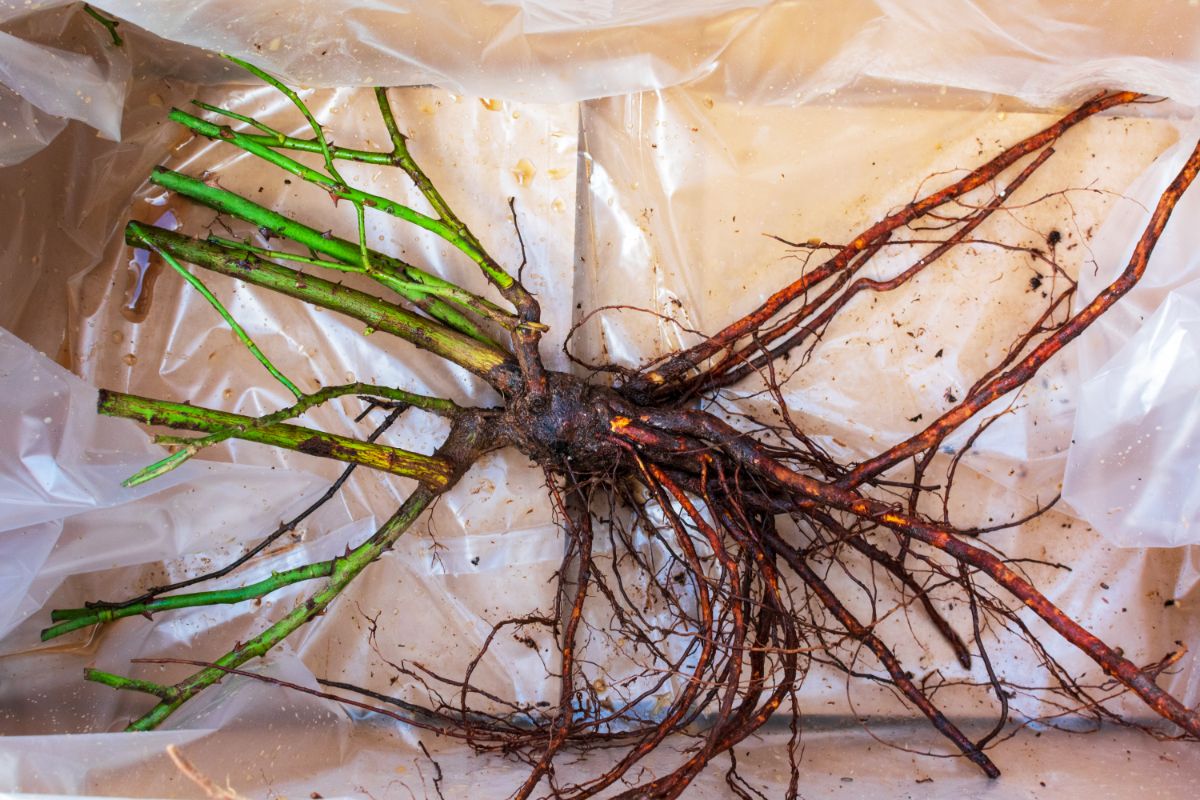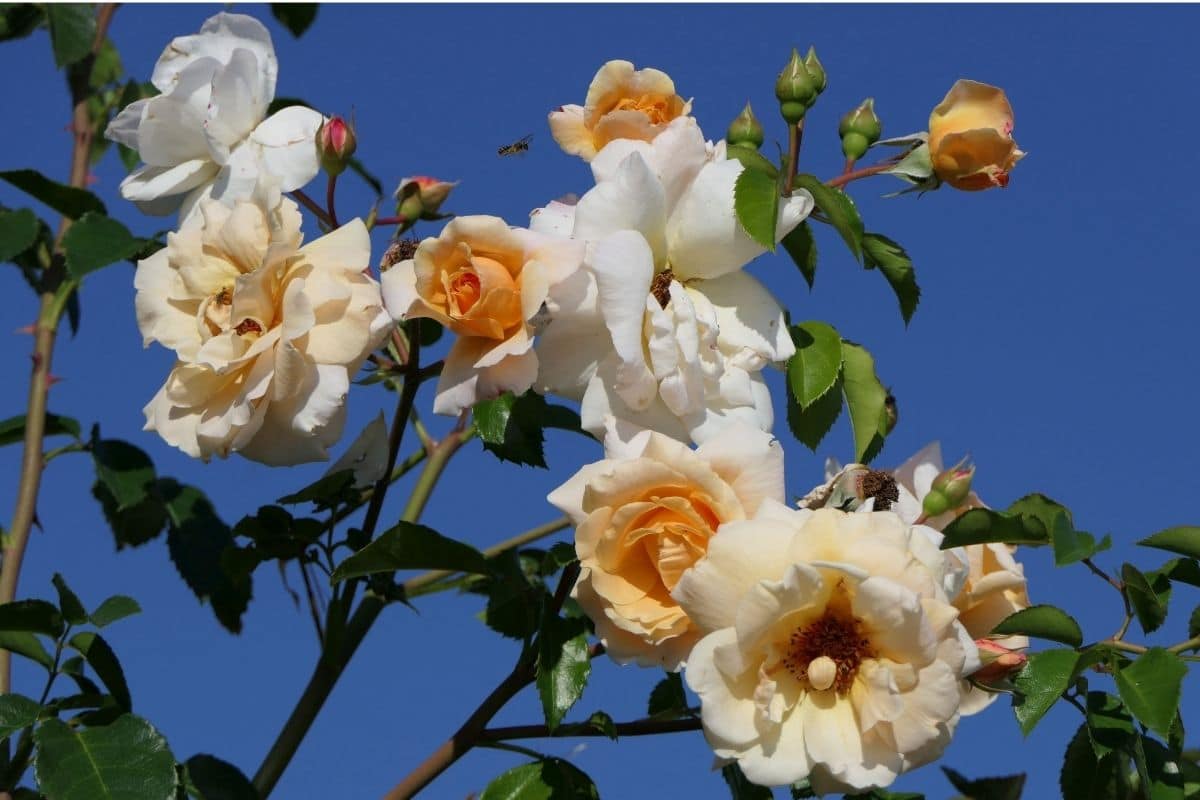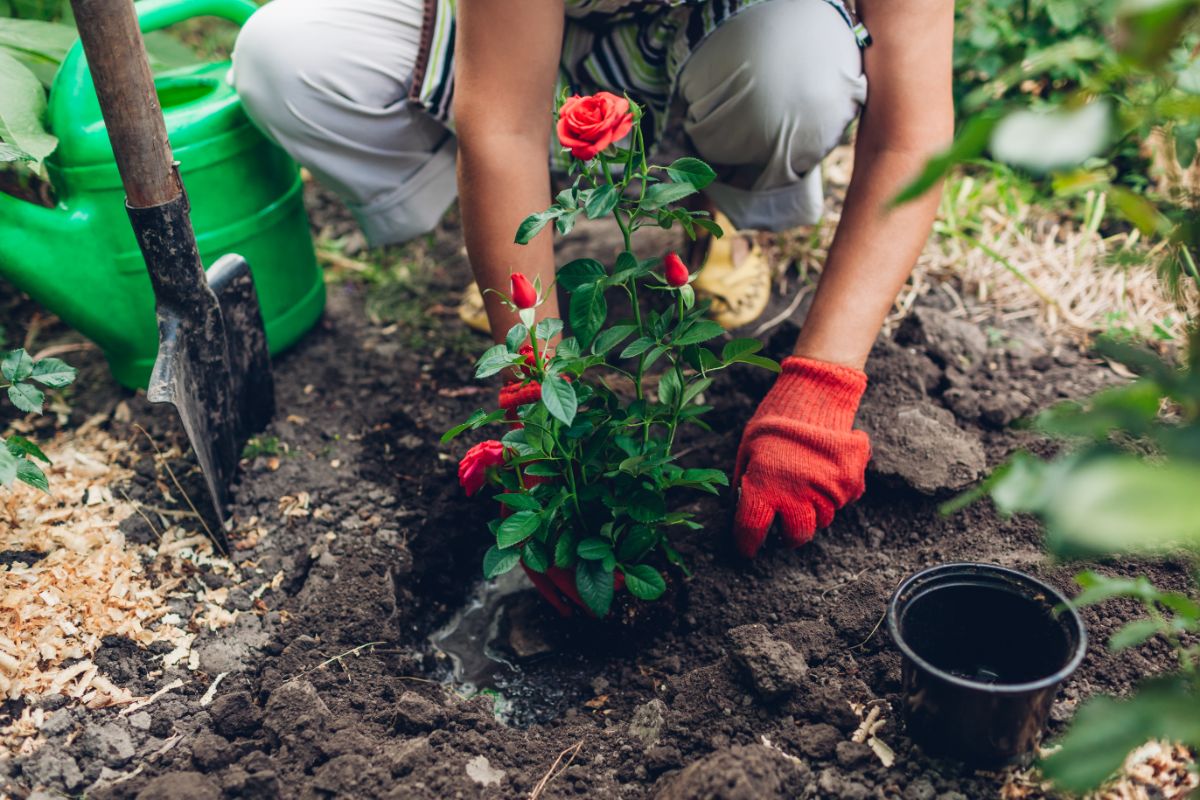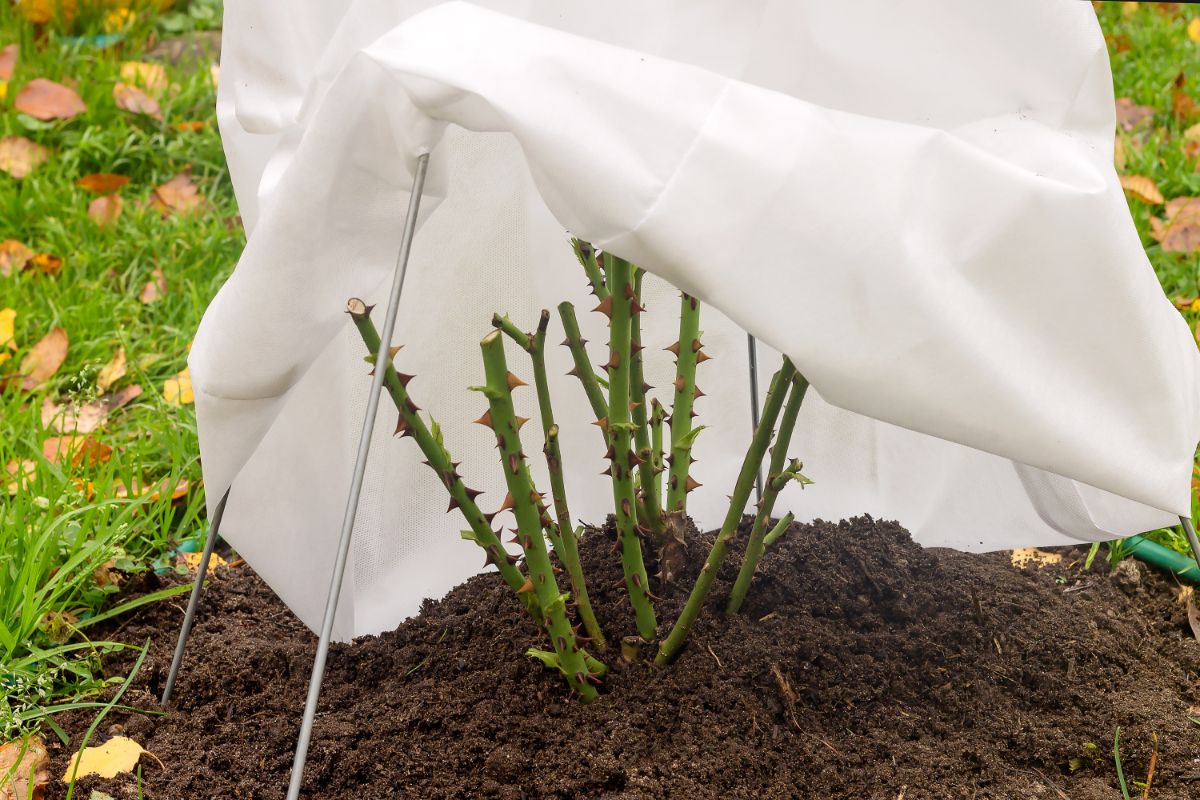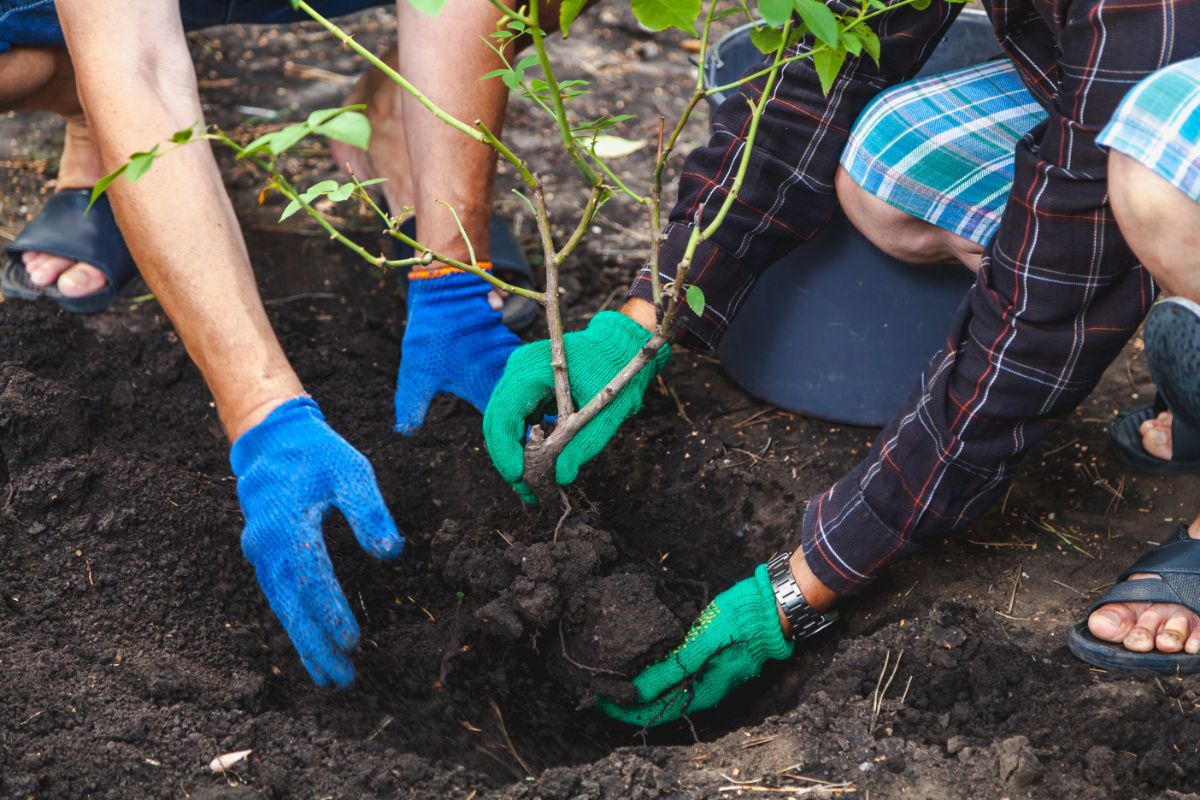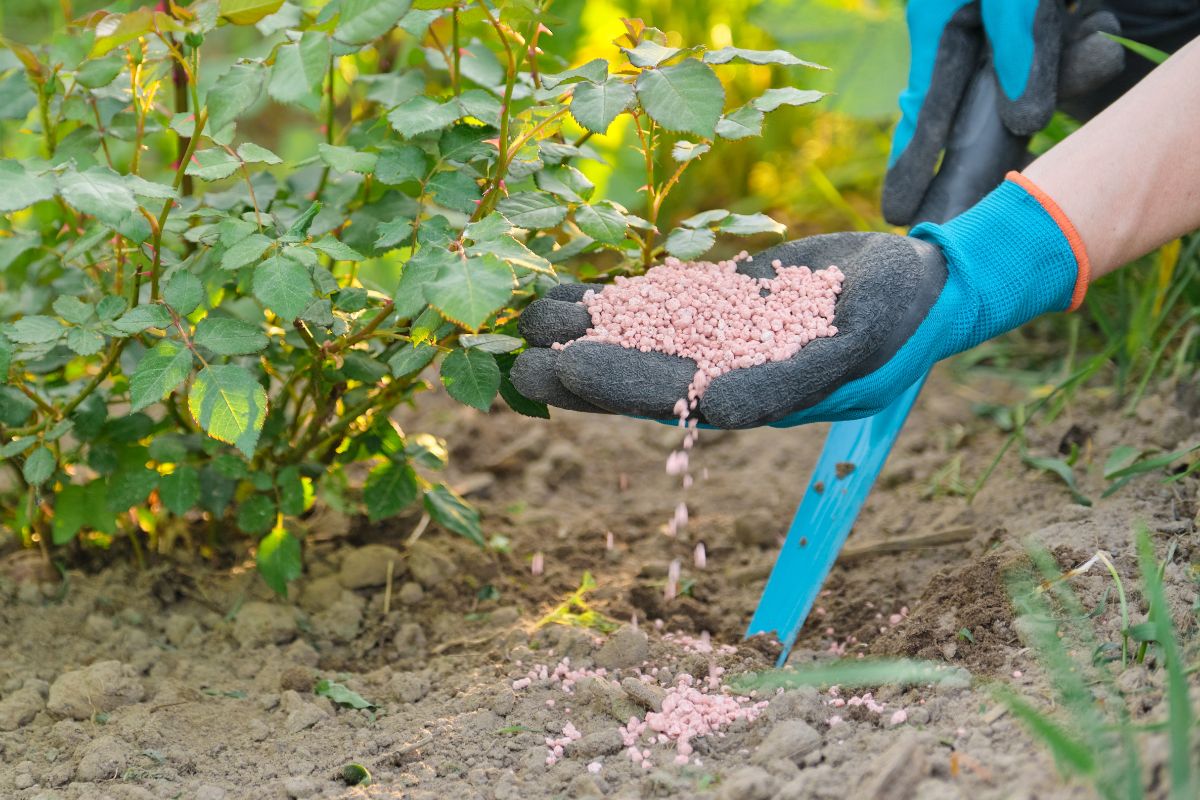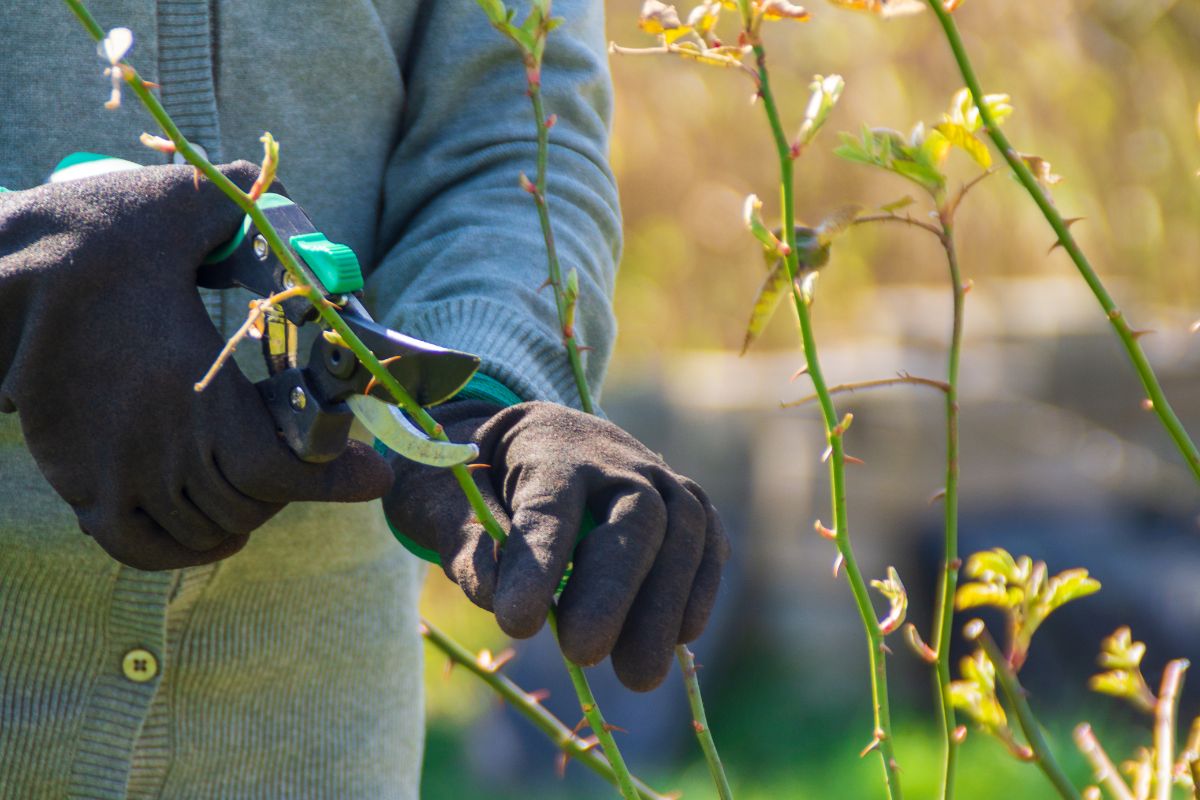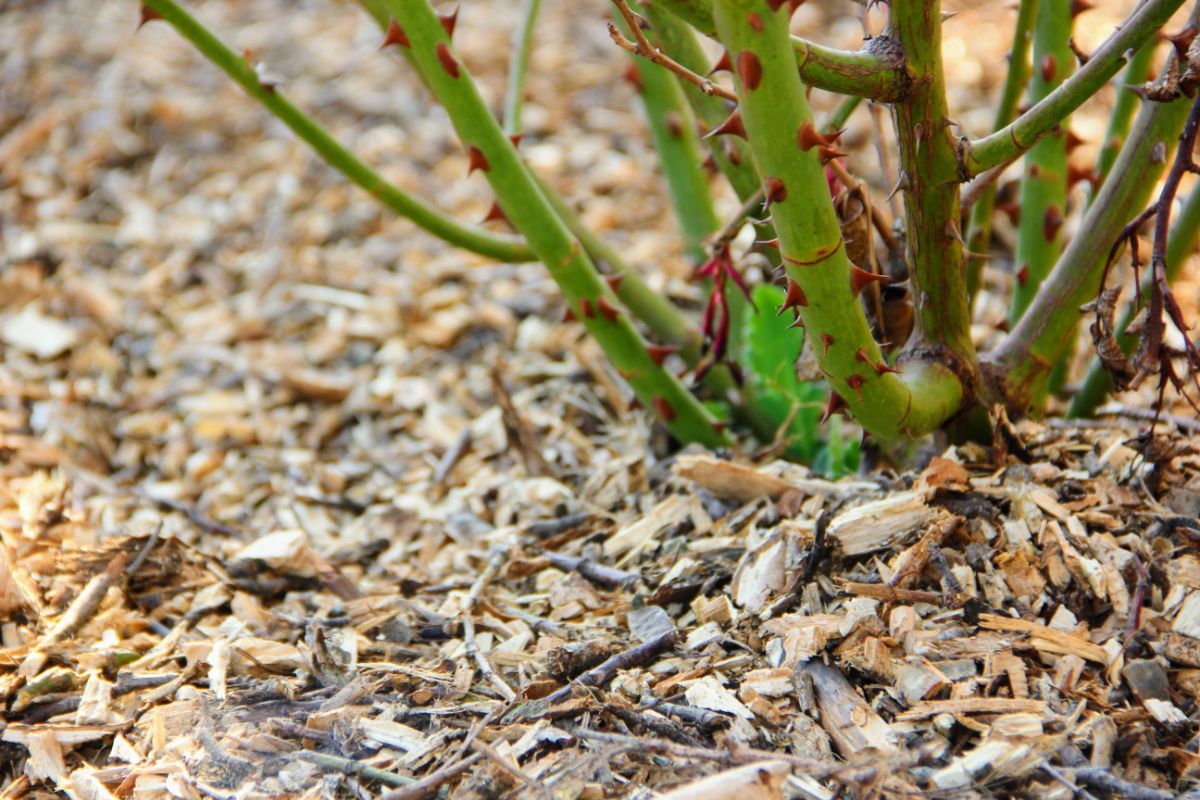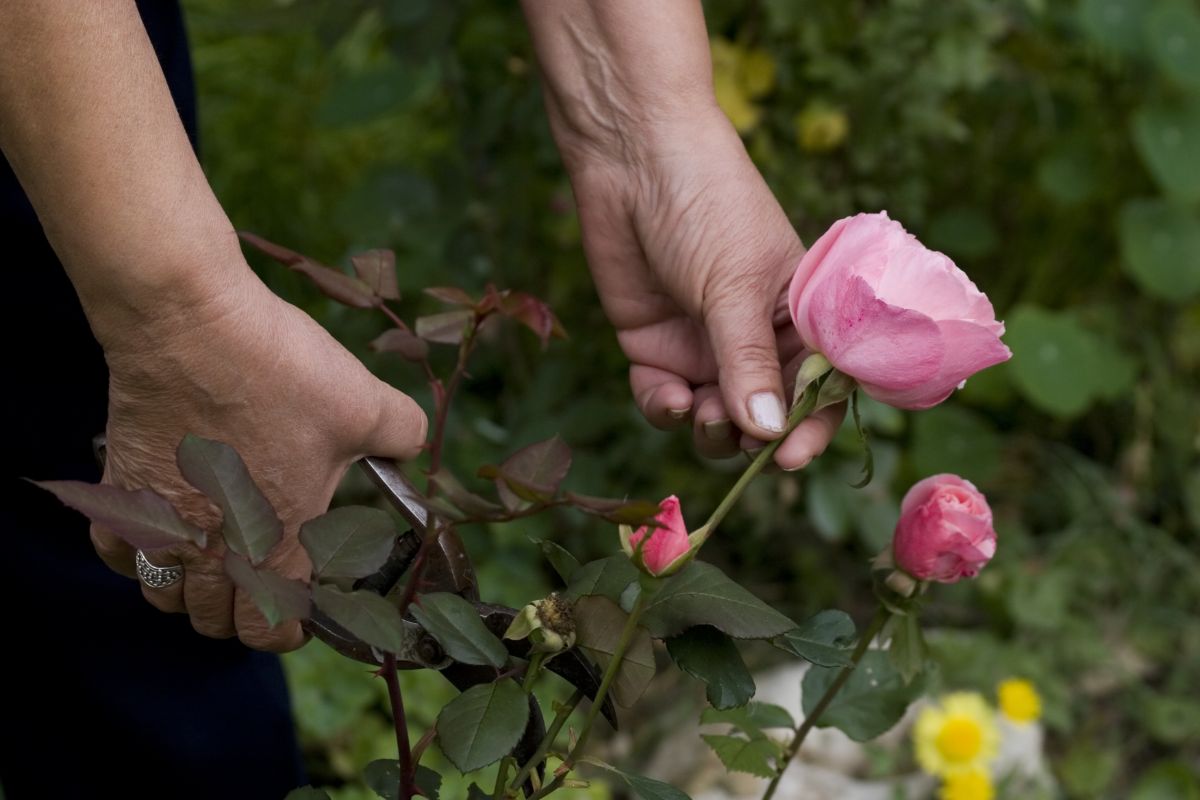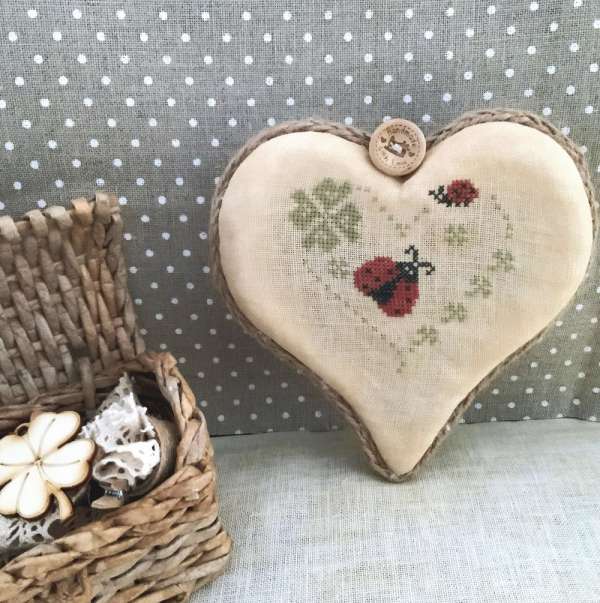Looking for tips for healthy roses? You’ve come to the right place. The rose is an iconic plant. They are extremely popular, highly recognizable, and very satisfying to grow. Unfortunately, sometimes, roses get a bad rap for being difficult to grow, or for being high maintenance.
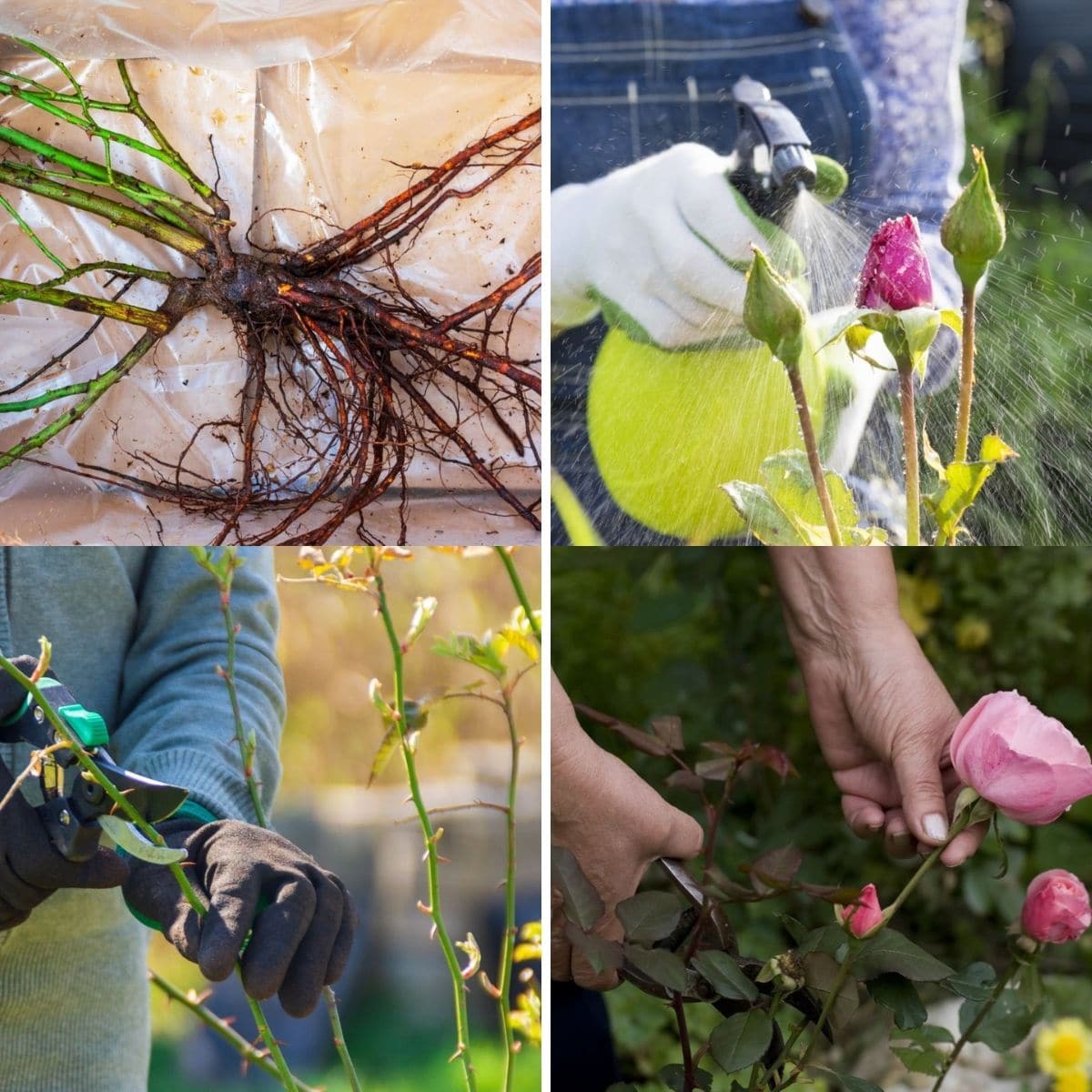
The truth is, growing roses is very similar to growing other flowering shrubs. And anybody with a passion for gardening and a green thumb can be successful at growing beautiful roses. Especially if they take the time to do a little research and learn about the basics of growing roses. Which, we assume, is why you are here!
Keep on reading to learn about 10 important tips for healthy roses you can utilize in your own garden in order to grow the most rapturous roses around.
10 Tips for Healthy Roses
1. Know the Roots of Roses
All plants require a healthy bed of roots. The quality of the root system underground is directly connected to the quality of the plant above ground. When you are getting ready to plant roses, it’s absolutely crucial to set the roots of your roses up for success.
When purchasing roses, you will need to decide between bare-root roses or roses in containers.
Bare-root Roses
Buying bare-root roses is popular because of the sheer variety you can browse online. You can find practically any type of rose, buy it, and wait for it to show up at your house. The plant arrives dormant and all you need to do is soak the roots overnight before planting.
Container Roses
Roses in containers are what most of us are used to seeing. And what novice rose-gardeners should consider before trying bare-root roses. They are sold in transportable pots and can be found at practically any nursery, during any part of the year. After purchasing them, container roses are ready to transplant into your selected gardening location.
2. Choose Your Rose Variety Wisely
There are approximately 150 different species of roses, with each species having a seemingly endless list of unique hybrids. The type of rose you choose should match your budget, your aesthetic preferences, the gardening site, and the local climate.
Instead of getting overly excited and wanting to plant a mélange of roses in your garden, we recommend you stick with one or two varieties. We think by focusing on only one or two types, you will learn more about what those rose varieties need and be more successful.
If you consider yourself a complete beginner, listening to experts online or at your local nursery about what variety of rose will be most successful in your garden is the best strategy. However, oftentimes, some types of shrub or landscape rose varieties will be the lowest-maintenance and good for learning.
3. Location, Location, Location
Where you plant your roses is one of the most important items to consider if you are wanting to have some drop-dead gorgeous rose plants. You can do everything right, but if the location is wrong, all your efforts may become unrewarded.
Sunlight is key for location. Roses absolutely thrive with lots of natural sunlight. To be specific, you want to plant your roses in a location that gets at least 6-hours of sunlight per day. However, it should be noted that in climates that are extremely hot, too much sun and heat can damage your roses.
On the other hand, in colder climates, roses should be planted in the south- or west-facing locations in order to maximize sunlight exposure and protect against freezing and frost damage. Finding a balance between sunlight exposure and shade can be tricky, but not impossible.
4. Roses Like to Be On Time
Roses don’t like to be planted late. They also don’t like to be too early. Lost most other plants, the ideal time to plant roses is during the early Spring. Make sure to check the forecast to guarantee that the last frost for the season is well behind you.
If you are planting in the Fall, you will want to get your roses in the ground well before the first freeze of the winter. Roses go dormant and survive the winter, but in order to do so, their root system needs to be well established. Giving them time to make a home will allow them to overwinter outdoors. You can also plant them in containers in order to bring them indoors or into a greenhouse to survive winter.
5. Plant with Confidence
Once you’ve chosen the variety of rose you would like to grow, and where you want to grow it, it’s time for planting. We recommend you follow these tips in order to plant your roses with confidence.
Create a large planting hole or container to accommodate healthy root growth
The soil or potting mixture should be high in phosphorus & potassium to encourage flowering
Consider a soil mixture or potting mix that includes: coco peat, peat moss & organic manure
Add a slow-release fertilizer to your soil mixture or potting mix, like steamed bone meal
In mild climates, plant your roses with the crown of the plant at ground level. In cold climates, plant your rose deeper, about 2-3 inches below ground
Water thoroughly and finish filling in your potting hole or rose container
Water again!
6. Feed Your Plant Fertilizers
The slow-release fertilizer you added to your potting or soil mixture during planting should be refurbished throughout the growing process. This will ensure that your rose bush flowers to their fullest potential.
Experts recommend monthly fertilizer additions. Organic fertilizers are the best, such as food compost, animal manure, and organic fish emulsion. Proper fertilization will ensure that your rose plant is getting the necessary nutrients throughout the entirety of its life span.
For bare-root roses, adding organic components early on to your soil or potting mixture is fine. But consider applying full-strength fertilizers after the first bloom in order to avoid burning the delicate roots before they’ve become strong.
7. Hydrating your Roses
Water is next on the list, after sunlight, with regard to roses’ most sought-after ingredient for a healthy and happy life. The amount that you water will depend on your local climate, and how quickly your soil drains. Sandier soil will drain more quickly, compared to soil with higher levels of clay
The key is to maintain well-hydrated and damp soil throughout the entire growing season.
In a perfect world, roses would get about 1” of rainfall per week. However, that’s not always the case. So your watering habits should replicate those ideal conditions.
8. Know the Perks of Pruning
Pruning is very important for roses and anybody can get the hang of it. If you are worried about over-pruning, don’t be. It’s really hard, if not impossible to kill your rose plant by over-pruning.
The majority of the heavy pruning should occur in the springtime. You want to focus on removing dead or dying stalks (look for brown discoloration) and leaves. Throughout the growing season, you’ll want to continue light pruning to keep your plant well maintained. You will look for weak and thin growing stalks (thinner than a pencil). And you’ll want to cut out any interior growing canes in order to encourage the plant to grow up and outward like a case.
Remember, after pruning, make sure to remove all the pruned leaves and stalks from inside the plant and from the ground around the plant. By doing so, you protect against any disease on the pruned sections of the plant from remaining and further inflicting the freshly cut plant.
9. Understand the Longevity of Roses
Once your roses are in the ground and growing happily in their new home, it’s important that you continue to work with your plants to increase their longevity. Adding monthly fertilizers and pruning your roses are two ways to do just that.
Mulching your Roses
Another way to enhance the longevity of your beloved roses is to add mulch. Mulching your roses is important for longevity because mulch is able to maintain more moisture in the soil. Essentially, it protects it from drying up in the sun.
Mulch also protects your roses from dealing with weed and grass growth. Weeds that infiltrate your rose garden can steal moisture and valuable nutrients from your roses. Find our complete guide to mulching here.
You can choose either organic or non-organic mulch. Grass clippings and straw make for excellent organic mulch. A popular non-organic mulch option is using some sort of rock or gravel.
Disease and Pests
Unfortunately, however, you may run into additional obstacles with your roses related to plant diseases and pests. One problem you might encounter is powdery mildew. This disease normally presents itself during the summer months, when the climate becomes hot and dry. You can tell your plants are suffering from this disease if the leaves curl or twist inwards, and develop a white, powdery coating.
To prevent powdery mildew, water your plants in the morning and at ground level. Regularly pruning your plants for increased airflow will help also.
Another common disease that can infest your rose bushes is called black spot. This disease is a water-borne fungal disease that manifests as circular brown or black spots on the leaves of your roses. Eventually, the black spot will kill the leaves and cause defoliation.
You can protect against black spot in many of the same ways as you do for powdery mildew. Pruning in order to increase ventilation is important, and watering at ground level in order to not spread disease amongst the plant itself is another tried and true preventative tactic. To get rid of black spot, you might consider using a fungicide.
You might also notice the presence of pesky pests in your rose bushes. Roses are very popular amongst aphids, spider mites, Japanese beetles, and sawflies. If you think one of these pests is bothering your roses, you can control against infestation with insecticidal soap or neem oil. Other times it could be as simple as a heavy watering to remove more benign pests, like aphids.
10. Enjoy the Fruits of Your Labor
Once your roses flower and bloom, they will be ready to harvest. Homemade bouquets of roses make beautiful, decorative additions to any home. Not to mention, they are also an excellent gift idea. We recommend you follow these helpful tips to fully enjoy the fruits of your hard labor.
- Clip your roses just before their bloom fully opens. They will last the longest if you do. Use pruners or scissors with sharp blades. The cleaner the cut, the less damage you will cause to the plant.
- Cut your roses in the morning, when they are dewy or freshly hydrated
- Re-cut the stem at a 45-degree angle before placing them in a jar or vase,
- Remove any leaves at water level to prevent rot and subsequent bacterial growth
- Change the water of your roses daily in order to prevent further bacterial growth
Enjoying the fresh scent of roses in your home, or making a friend or loved one feel special with a gift of homegrown roses is priceless. And absolutely worth the hard work and patience you invested in the process.
Summary
Roses make for a beautiful addition to any garden. The variety of types, colors, and sweet scents is unmatched by other flowering plants. It’s no wonder why roses are so popular.
Gone is the day when roses remained a mysterious and “hard to grow” flower variety that only seasoned gardeners could take on. Roses are for the people. In our opinion, the more, the merrier!
If you follow these 10 helpful tips for healthy roses, then we are confident you will be successful. We hope this post helped you prepare and gave you the confidence you needed for planting some roses in your very own yard. Happy planting!

